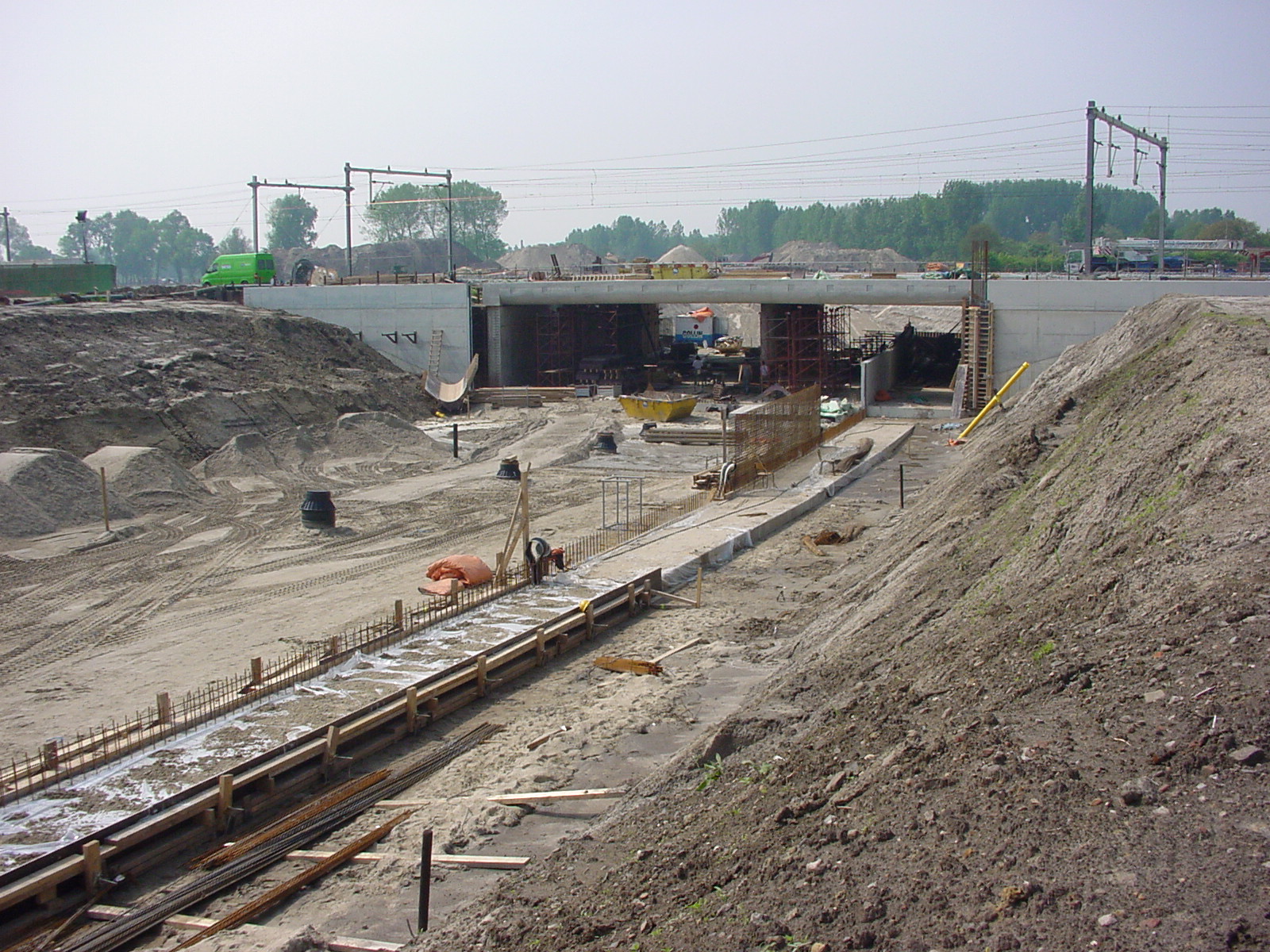Dewatering
Controlling
Energy storage
Home »
Groundwater dewatering
Groundwater dewatering comprises various technologies to lower a groundwater table by pumping groundwater out of the ground.
It is the opposite from ‘open dewatering’, where the groundwater is catched after its entrance into an excavation.
Dependant of composition of the subsoil, outflow of water from the ground into open air can cause transport of soil particles. This will cause washing out, leading to loss of slope-stability.
Another aspect is the geotechnical fact that soil stability can be improved by lowering of the groundwater table. Finally, uncontrolled water pressure under an excavation can lead to heaving of the bottom of excavation and start of spontanious, free flowing wells
These are the major reasons why the use of groundwater dewatering can be necessary or desirable, when excavating below groundwater level.

Depending on the technology that is used to lower the ground water table, the difference is being made between wellpoints, horizontal dewatering and deepwell dewatering
- When using a wellpoint system, a number of filters (wellpoints) are connected to one suction pump.
The vacuumcapacity of this pump forms a limitation in the dewatering level that can be achieved with a wellpoint system. Multiple stages can be used to cope with this restriction. - A horizontal dewatering is a similar system, where the wellpoints were replaced by a horizontal drain. This drain can be digged in with an hydraulic excavator or being put in the subsoil at several metres’ depth by a trenching machine.
- When using deepwell dewatering, wells are being drilled at a larger diameter, allowing a submersible pumps to be installed in each deepwell. This offers a principle advantage, that there is no limitation in the water tabel lowering of one stage of dewatering.
When catagorizing dewatering systems, based on functionality of the system, following types can be distinguished:
- Freatic dewatering is dewatering in an aquifer with normal free water table. A characteristic of such dewatring is, that it will take time to lower the water table to the desired level. This can be some days up to several weeks.
- Dewatering in a confined aquifer means dewatering from a water bearing (sand)layer, that is completely covered with a water resisting (clay)layer.
In such case, the sand layer stays filled up with water, resulting in a dewatering system with a very short reaction time. Not only when switching the pumps on, but also when switching the pumps off, effects will be noticeable within minutes. - With a recharge system, it is possible to recharge groundwater that has been pumped out, into the subsoil at a different place, in order to compensate for water table lowering or to discharge the water.
To prevent clogging of recharge wells, special precaution should be taken in design and realisation of a recharge system. Recharge will not always be possible!
Altogether, groundwater dewatering has many possibilities and solutions, mainly depending on type of subsoil, dewatering depth and dewatering period. It is our job to propose the proper solution for every dewatering problem.
In case you have a specific project, please do not hesitate to contact us.
Call or mail us!
Contact us
Mos Groundwatertechnology
Boonsweg 11
3274 LH Heinenoord
Telephone: (0186) 607100
Fax: (0186) 603294
Email: info@mos.nl
